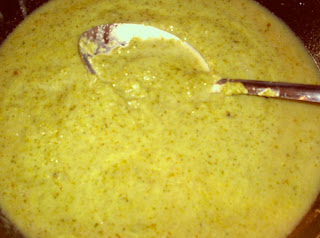Slow to grow, but worth every single day. These Amethyst Purple Stringless Filet Beans are not only gorgeous but perfectly delicious and crunchy in texture. Purple on the outside, green on the inside. Instant "wow factor" in a salad. (Note: If you want them to stay purple, eat them raw. Steaming them will turn them green.)
The dwarf bushes have a small footprint, which makes them an excellent choice for container-gardening if you have limited space. It was a bit of a challenge to get them going though. Probably the odd weather this year.
 At first, I direct-sowed several seeds (dried beans) in the soil and none took. So I fell back on the old tried-and-true system of germinating beans indoors between wet paper towels. Voila. Lift off.
At first, I direct-sowed several seeds (dried beans) in the soil and none took. So I fell back on the old tried-and-true system of germinating beans indoors between wet paper towels. Voila. Lift off.Once germinated, into the ground they went, where they remained well-watered until greenery that had a slight purplish tinge to it, formed.
Then... they just sat there forever, barely growing. I had wondered if they would ever produce. Finally, beautiful little amethyst flowers appeared.
Very thin dark and dried-up looking stringless beans followed, protruding from the flower buds and gradually plumping out to what you see here.
There's a feral quality to this bean. It seems wild and untamed. I just love that about it.










































